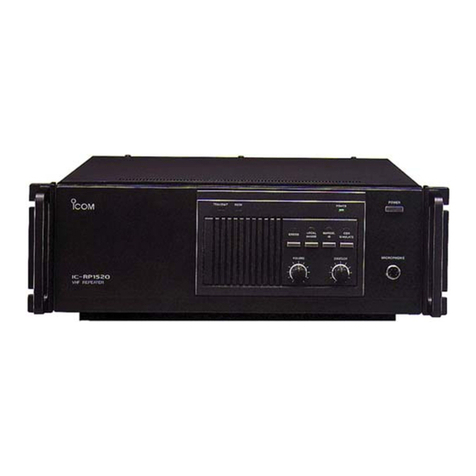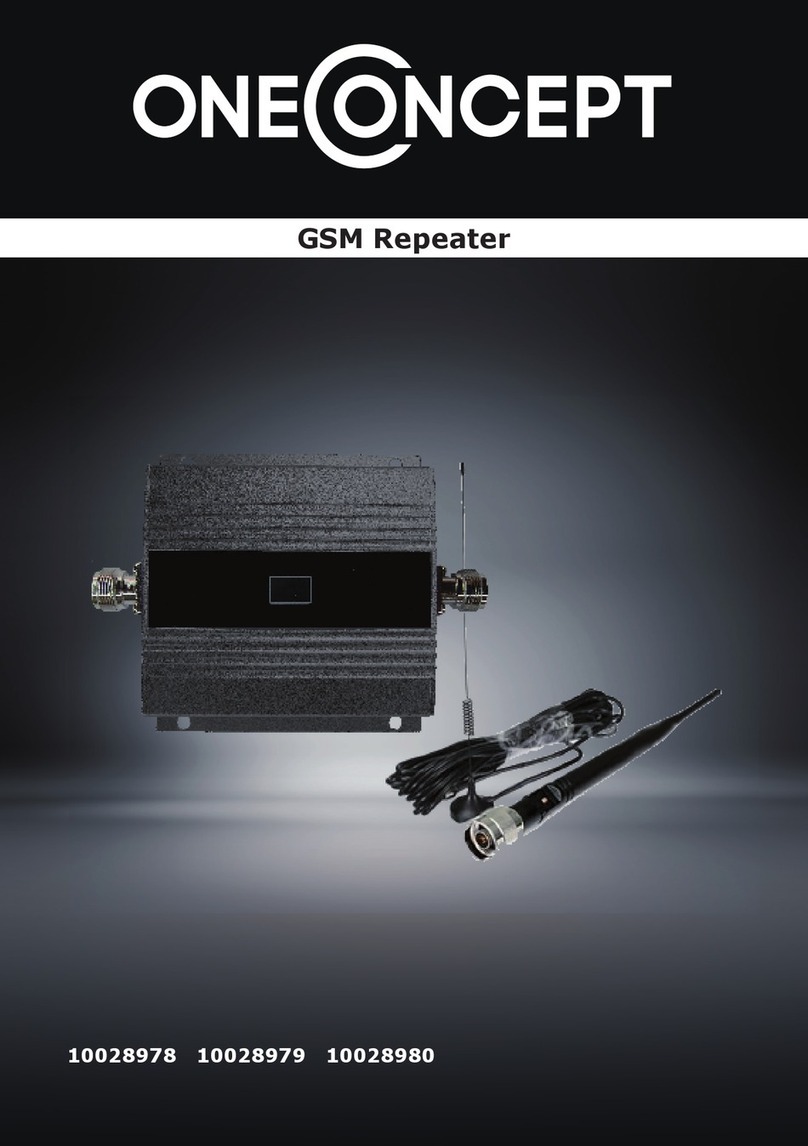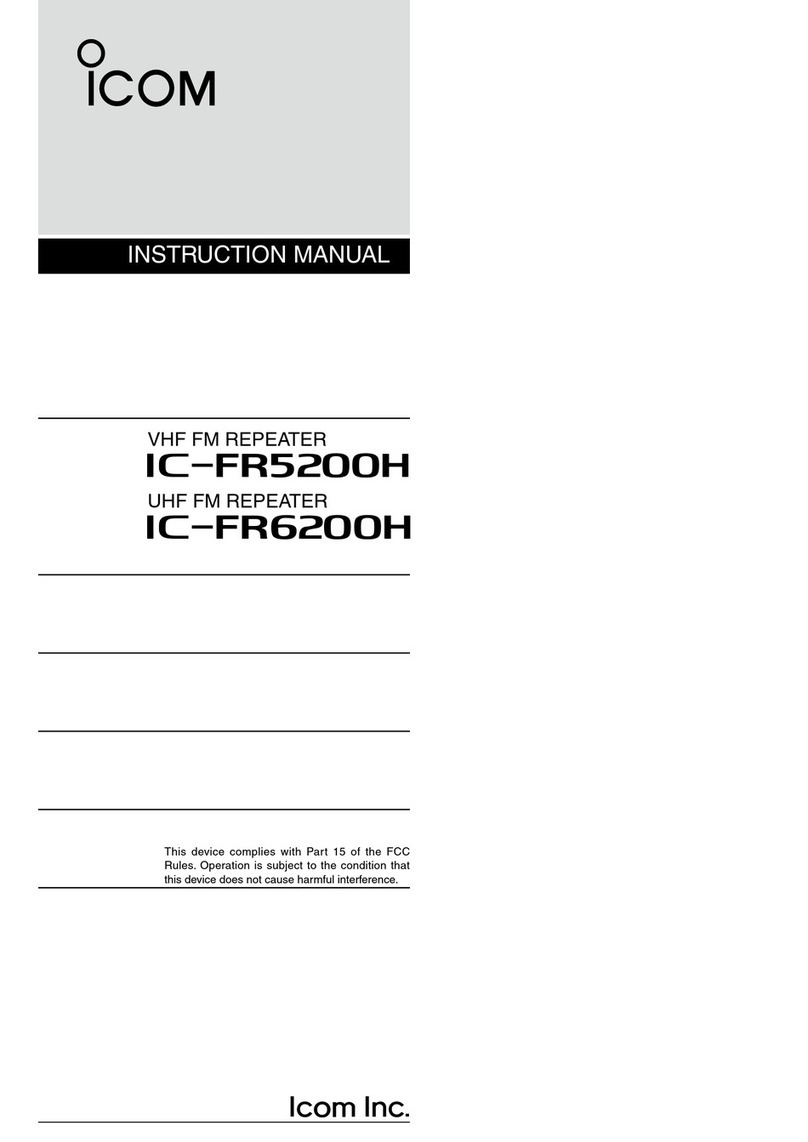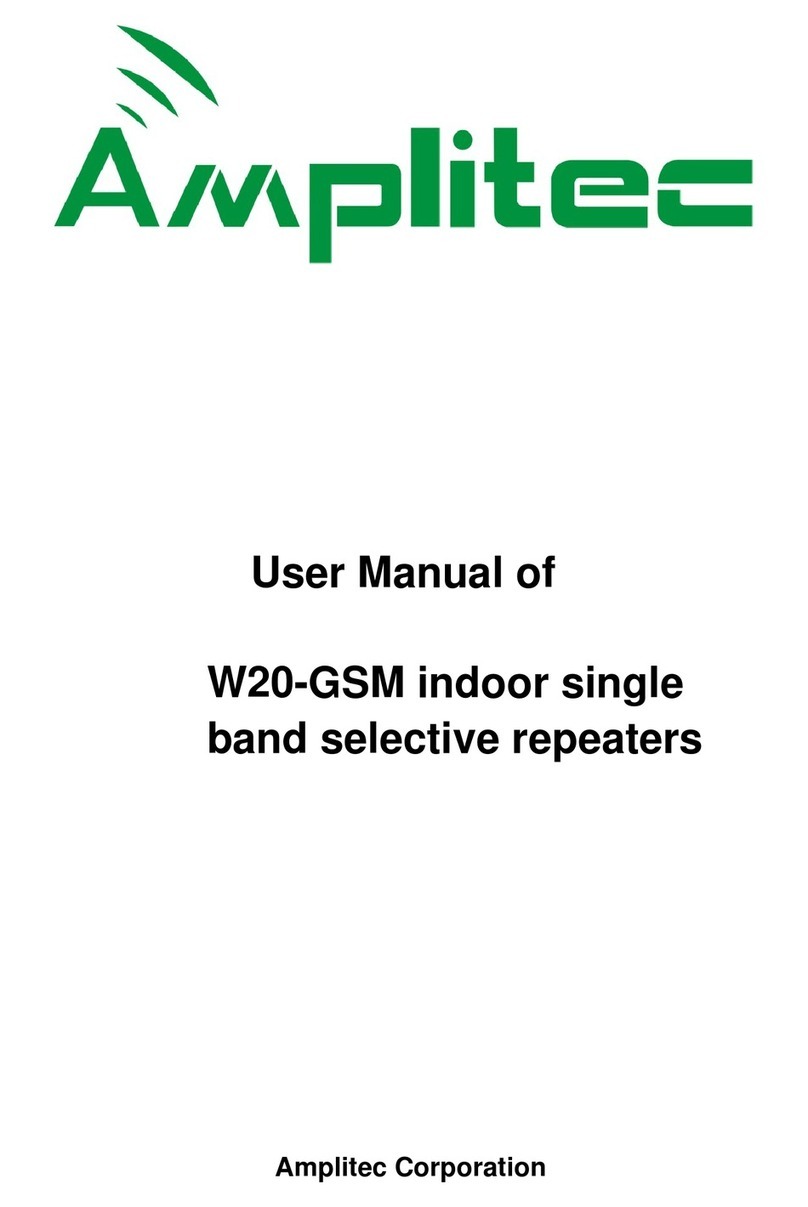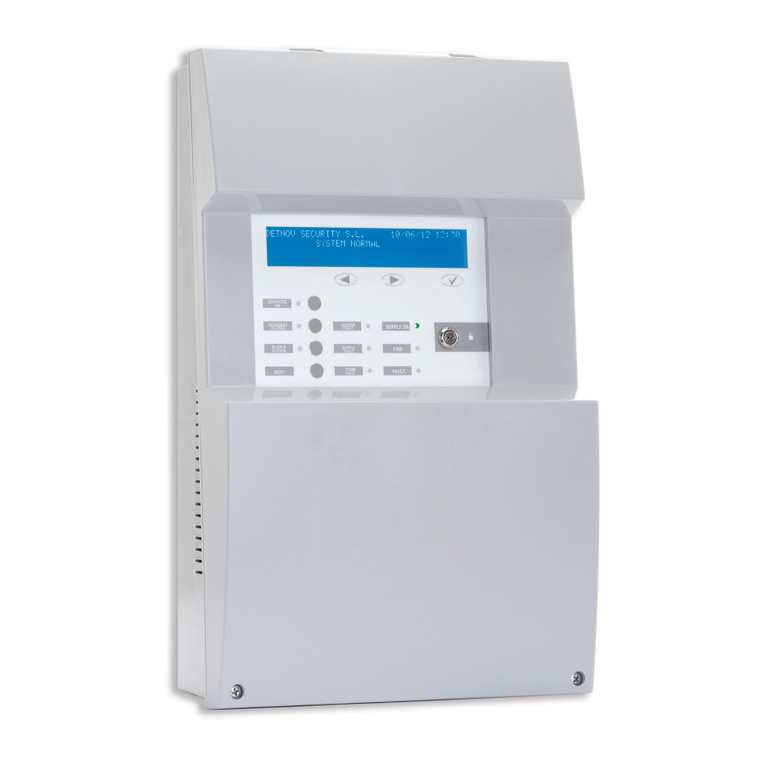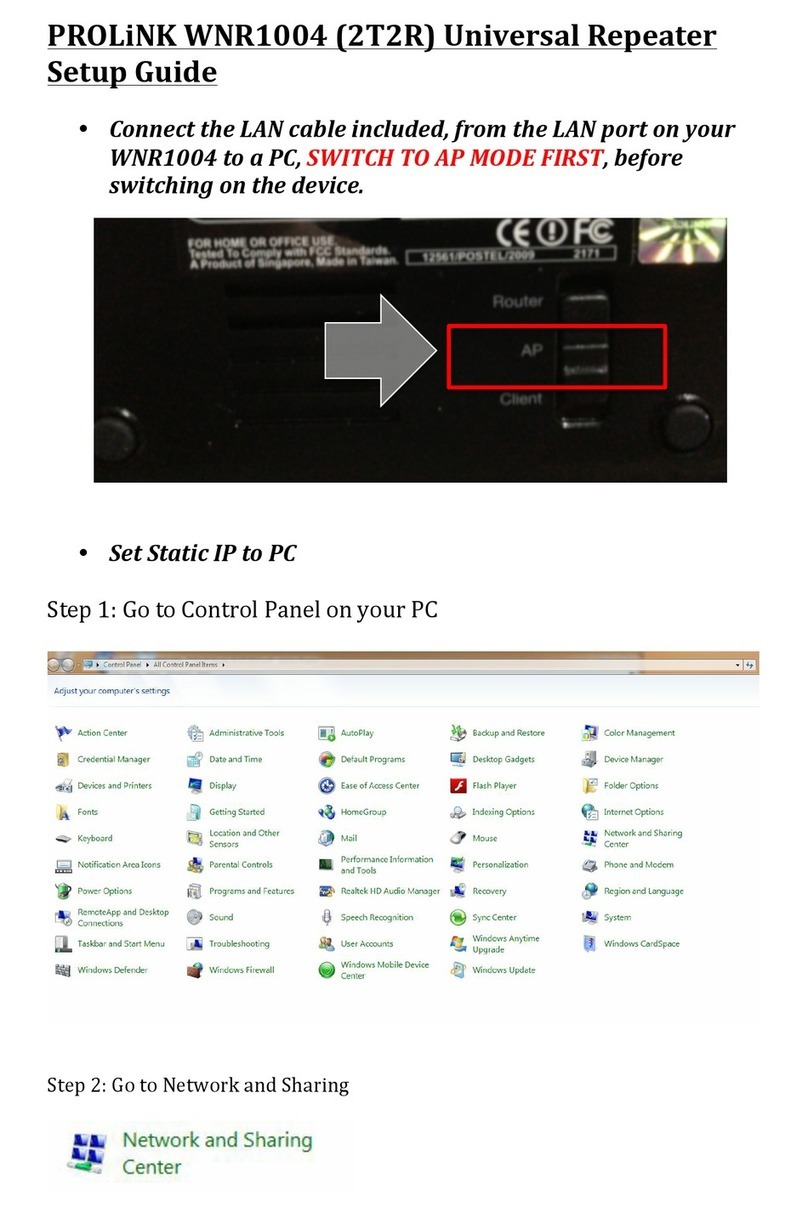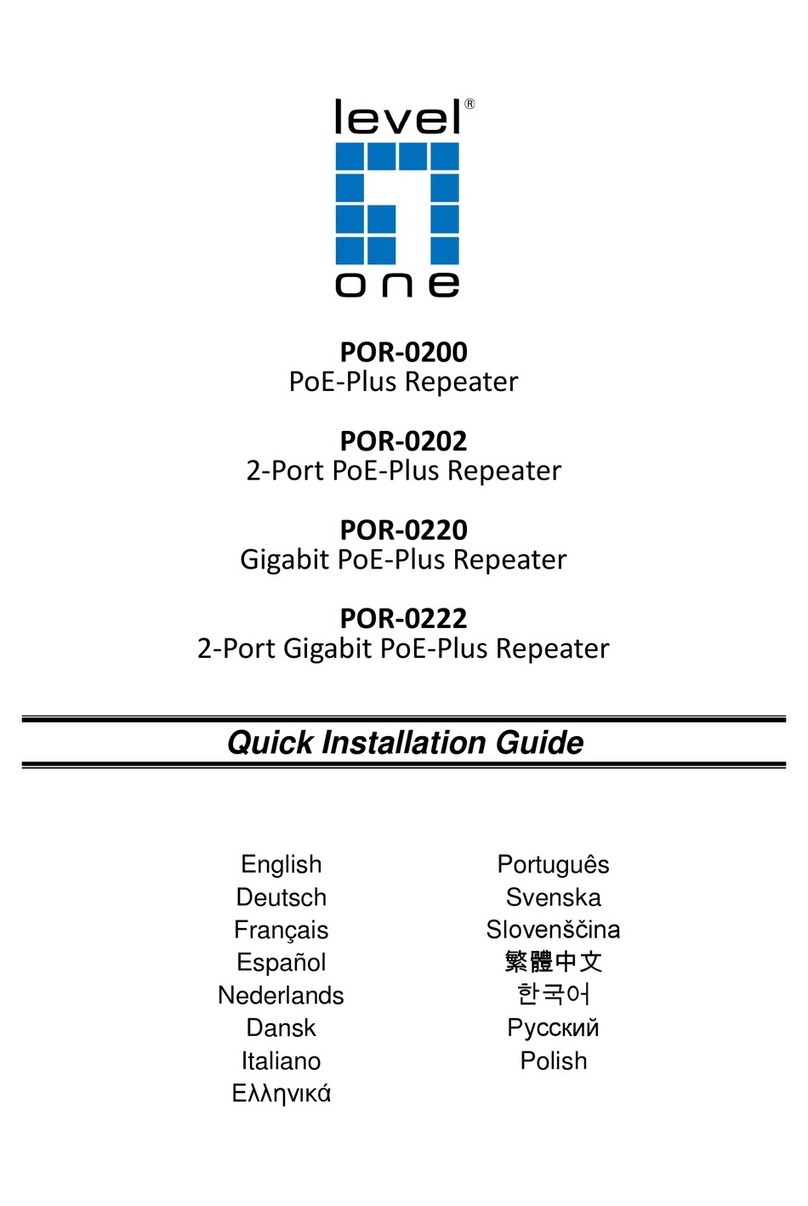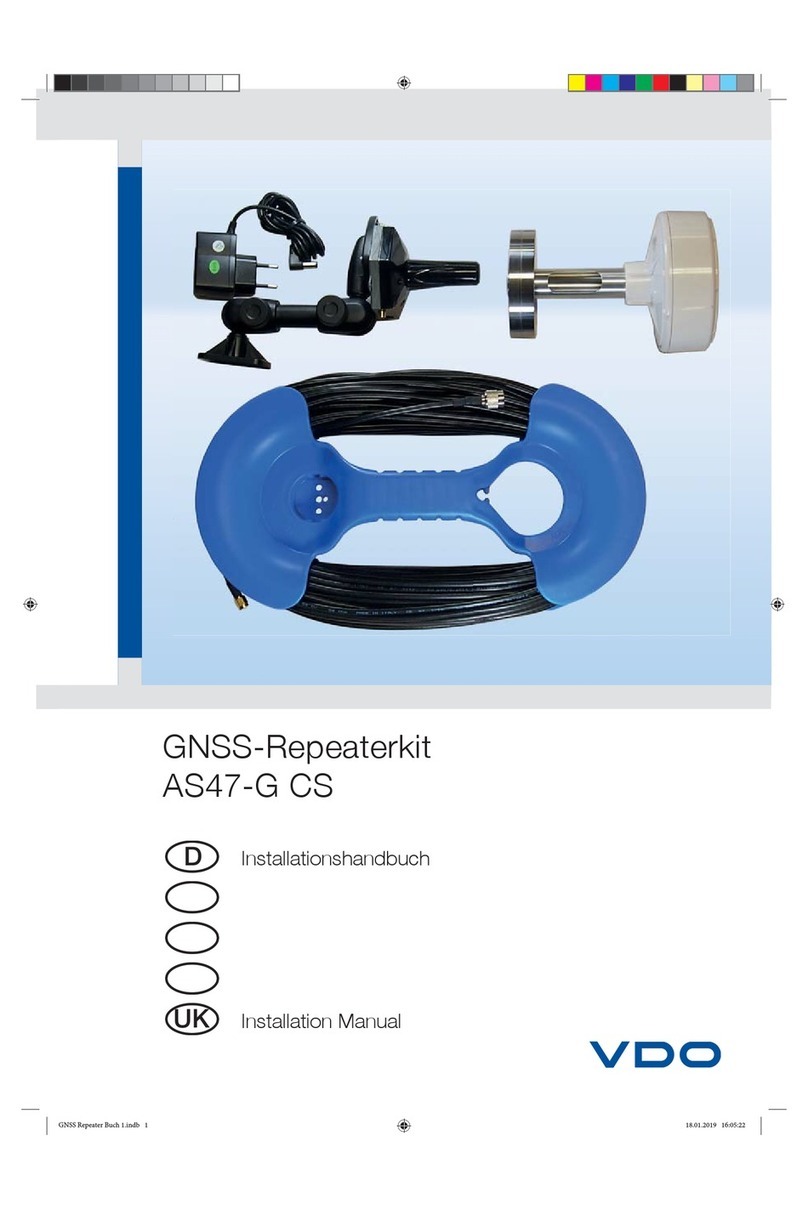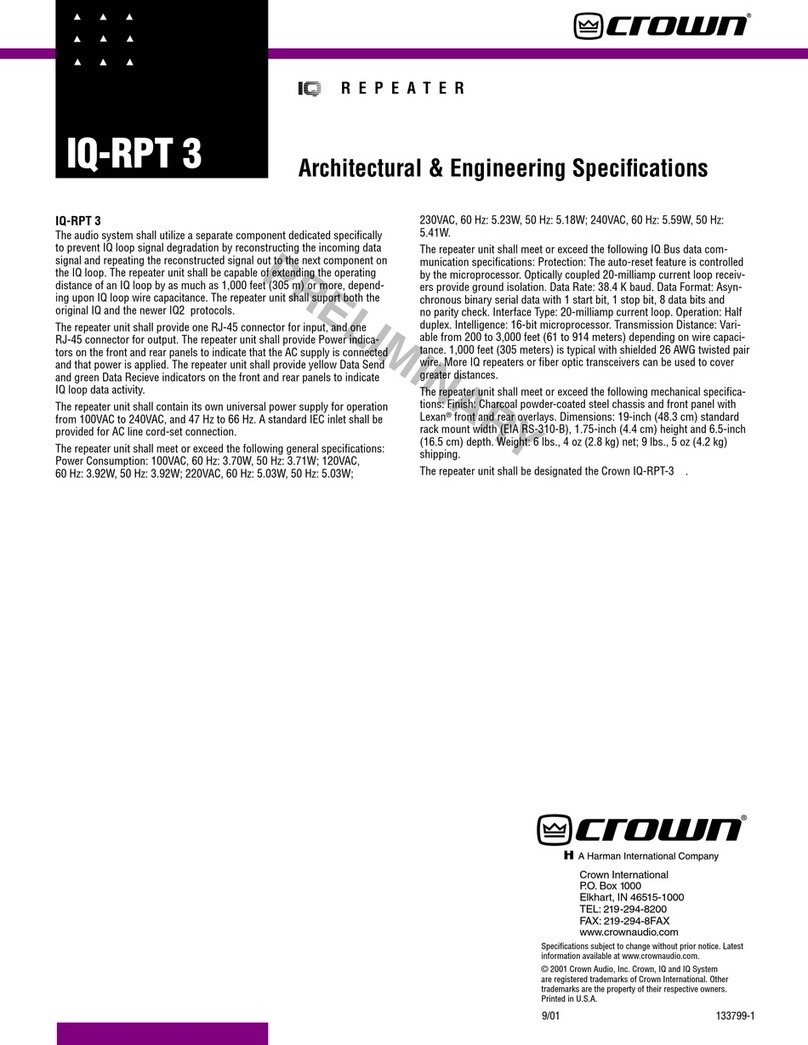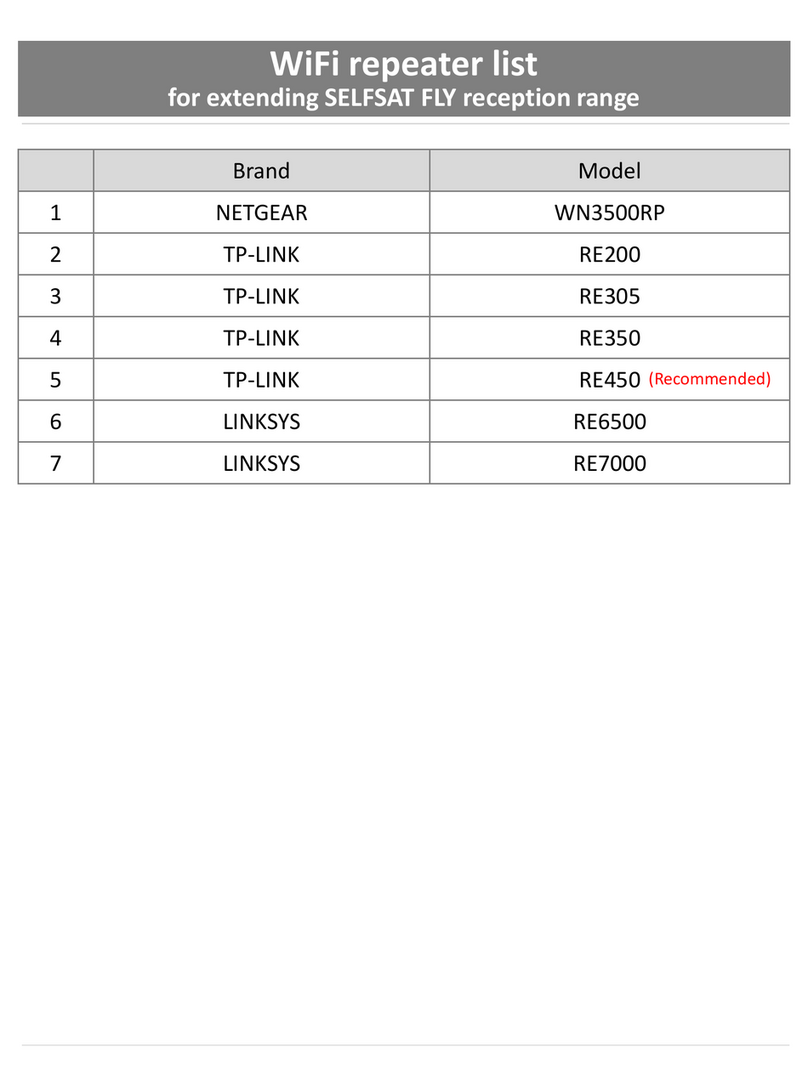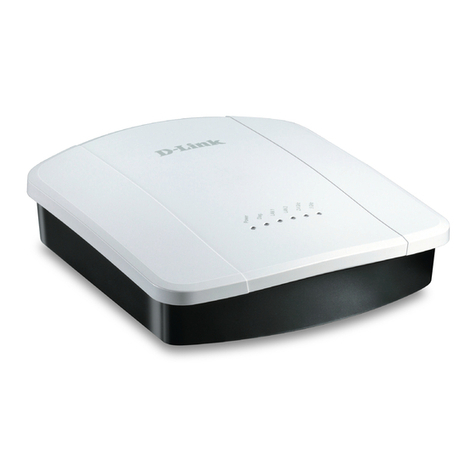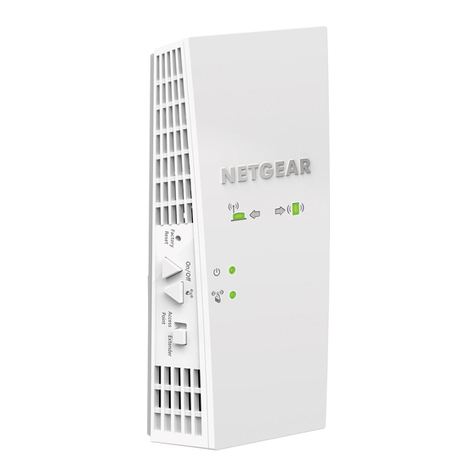Maxus MGR-308 User manual

MAXUS Technologies, Inc. Nov. 26, 2004
1
REPEATER M O D EL M G R-3 0 8
MAXUS Technologies, Inc.
2963 Sujin-D o ng , Sujung -G u,
Se o ng N a m - Si, K y e o ng G i –D o , K o r e a
T e l + 8 2-31 -7 5 -6633 F a x + 8 2-31 -7 5 5 -928 6
w w w . m a x us t e k . c o m
ITEM : CELLULAR REPETER
MODEL : MGR-308
U
Us
se
er
r’
’s
s
M
Ma
an
nu
ua
al
l

MAXUS Technologies, Inc. Nov. 26, 2004
2
REPEATER M O D EL M G R-3 0 8

MAXUS Technologies, Inc. Nov. 26, 2004
3
REPEATER M O D EL M G R-3 0 8
Contents
pages
1. Scope………………………………………………………….....………………
2. Feature………………………………………………………………………….
3. Electrical Specification….……………………….……….….…………………..
4. General Description…….………………………………...…….……………….
4.1 Structure…… ..…………………………………………….….…………….
4.2 Part Description…………………….…………..…..……….……………….
5. Installation………………………………..………………………….................
5.1 Antenna Installation.…………………………………………………………
5.2 Installation of Repeater Body………………………………..……………….
5.3 Power Supply & Operating Status Check…………….…….………………...
6. Trouble shooting………………………………………………………………….
6.1 Troubles & Solutions…………………………………………………………
6.2 Performance Falloff & Repair………………………………………………
4
4
5
6
6
6
7
7
9
10
13
13
13

MAXUS Technologies, Inc. Nov. 26, 2004
4
REPEATER M O D EL M G R-3 0 8
1.Scope
MGR-308 is a cellular phone repeater designed for the smooth call by amplifying the weak cellular phone
signals, which can be installed in a place difficult to make cellular phone call due to weak signals.
Note : It is recommended that you read carefully this manual before using this product.
2.Features
-Extending the base station coverage into the weak signal areas.
-Small size and light weight
-Easy to install. Just follow the instruction for the installation.
-Automatic Limit Control (ALC)
-Shutdown Control (SDC) and Automatic recovery
-7dBm RF Power

MAXUS Technologies, Inc. Nov. 26, 2004
5
REPEATER M O D EL M G R-3 0 8
3. Electrical Specification
SPECIFICATIONS
ITEMS
Up Link Down Link
Remarks
Frequency Range 824 ~ 849MHz 869 ~ 894MHz
Pass Bandwidth 25MHz
Output Power 7dBm ±2dBm 7dBm ±2dBm
Gain 60dB ±2dB max. 60dB ±2dB max.
ALC 7dBm ±2dBm
VSWR <1:1.5
Gain Flatness <4dB
Noise Figure <7dB
IMD >45dBc 2-tone IMD
CDMA Spurious >45dBc @885KHz
RF Connector Type SMA Female
Supply Power DC 9V /1A
Dimension 130(W) x 200(H) x 25max(D) mm
Mechanical Material Aluminum
Operating Temperature -20~ +60
*The specifications is subject to change without notice

MAXUS Technologies, Inc. Nov. 26, 2004
6
REPEATER M O D EL M G R-3 0 8
FRONT VIEW
TOP VIEW
B OTTOM VIEW
Outdoor Antenna Connector
DC 5V Input
Indoor Antenna Connector
Power Switch
Pilot Lamp
10m Coaxial Cable O u t d oor A n t en n a I n d oor A n t en n a S c r ew s
4. General Description
4.1 Structure
The repeater consists of the followings.

MAXUS Technologies, Inc. Nov. 26, 2004
7
REPEATER M O D EL M G R-3 0 8
5. Installation
5.1 Antenna Installation
This is one of the most important processes in repeater installation, which gives very important influence
to the performance of this equipment.
5.1.1 The system includes two omni directional antennas, one is for indoor and the other is for outdoor.
First, decide a place to install the outdoor antenna, and then attach the antenna bracket to the selected place.
Before attaching the bracket, fix the antenna firmly to the bracket by using a connector.
[Fig. 5-1 Antenna Installation]
5.1.2 Once the antenna bracket with a connector is fixed as shown in Fig. 5-1, bring the coaxial cable to
the place to connect with the repeater body.
5.1.3 Install the indoor antenna. In addition to an omni directional antenna supplied as basic accessory,
this repeater may include a patch antenna as an option. The basic antenna should be pre-connected to the
antenna connector in the lower part of the repeater, while the patch antenna should be connected to the
direction for the cellular phone users.
REPEATER SYSTEM
PATCH ANTENNA
OUTDOOR ANTENNA
OPERATOR A
OPERATOR B
OPERATOR C
RF CABLE
AC POWER
ANTENNA
BRACKET
BOOM COAXIAL CABLE
OUTDOOR ANTENNA MOUNT

MAXUS Technologies, Inc. Nov. 26, 2004
8
REPEATER M O D EL M G R-3 0 8

MAXUS Technologies, Inc. Nov. 26, 2004
9
REPEATER M O D EL M G R-3 0 8
5.2 Installation of Repeater Body
5.2.1 Fix the repeater to the wall with screws through the 4 holes on the flaps of the repeater. It is better to
fix with plastic expansion anchors, if the wall is concrete or dry wall.
5.2.2 It is recommended that the repeater body should be installed by using shorter cable, but also should
give enough distance from the outdoor antenna. Since the longer antenna cable gives more loss to the signal
strength, less than 40m of the length is desirable (if 3D-FB). However, if the long cable is inevitable, you
should use a low-loss cable.
5.2.3 Use an AC adapter to supply power for the repeater. As the repeater adapter for power supply is
designed at 100V~270V free voltage, it is unnecessary to pay high attention to the voltage, however, it is
safe to check it.
5.2.4 Connect the antenna cable and the power supplier to the repeater. Before connecting the power
supplier, always make sure that the power switch on the lower part of the repeater is set to OFF position.

MAXUS Technologies, Inc. Nov. 26, 2004
10
REPEATER M O D EL M G R-3 0 8
5.3 Power Supply & Operating Status Check
5.3.1 Before turning on the power of the repeater, it is suggested to check the input power level from the
outdoor antenna. If it is lower than -70dBm, the repeater coverage will be reduced. The optimum coverage
can be obtained between the input power level of -60dBm and -40dBm.
5.3.2 Status Check with Cellular Phone - Checking the operating status with cellular phone is one of the
simplest methods. First, confirm the incoming signal levels in the building under the power-off condition of
the repeater, then compare the levels after the power-on. It is desired to check this at the position as far as
possible from the repeater. Also, it is suggested to check the incoming signals by using one more cellular
phone models, from the various service providers within the frequency band. At this time, if it’s favorable
condition, the signal level meter of the cellular phone should indicate the higher level.
5.3.3 Check & Measurement With Measuring Instrument - As a method to perform more detailed
measurement, this enables to determine how level of signals can be received actually indoor, by means of
spectrum analyzer or field strength meter.
5.3.3 Check & Measurement with Measuring Instrument - As a method to perform more detailed
measurement, you can use spectrum analyzer or field strength meter, by which the signal level received into
the building can be checked.
5.3.4 When more expanded indoor coverage is desired - As options of this equipment, outdoor Yagi
antenna and indoor Patch antenna may be provided. They can expand the coverage through the superior gain,
compared with conventional antennas. If using the outdoor Yagi antenna, since it enables to exchange signals
more dynamically from/to the base station, it is available to transmit full 10dBm, the maximum output of the
repeater. And, if using the indoor Patch antenna, as it enables to dispatch signals to the cellular phone more
effectively than the usual omni antenna, it is possible to send call signals far away. However, since they have
unique directivity, the proper directing of the signal is required.
5.3.5 If the input power from the outdoor antenna is -54dBm, maximum output power (7dBm) can be
obtained. If the input power increases by 30dB, up to -24dBm, the output power can be maintained to 7dBm
by the ALC function, but, further more strong input may cause saturation in the repeater and bad
characteristics of IMD. These problems can be prevented by the automatic output power shutdown function of
this repeater, and simultaneously, the red LED lamp is on. In this case, the power switch of the repeater
should be turned OFF, and ON for the operation again. The green lamp color shows the normal operation of
the repeater.

MAXUS Technologies, Inc. Nov. 26, 2004
11
REPEATER M O D EL M G R-3 0 8
CEL LU LAR REPEA TER
AC ADAPTOR
OUTDOOR ANTENNA
Coaxial Cable
MGR-308/319
Patch Antenna
POWER SWITCH
DC PLUG
SMA CONNECTOR
SMA CONNECTOR
N-Male CONNECTOR
N-Female CONNECTOR
Less than 20 meters
1~10 meters
To BTS
MGR 3 Series Cellular Repeater Installation Guide
Maxus Technologies U.S.A., Inc.
Copyright ? 2004 Maxus Technologies U.S.A., Inc.
Inside building
Yagi Antenna
REPEATER
INDOOR ANTENNA
After repeater’s shutting down, if the incoming power becomes stable and is restored below the
designated level, the system operation automatically starts working in about 40~50 seconds.
In the case of the outdoor antenna, by using an instrument or the LED level meter on the repeater, you can
find the position of best intensity, and, toward that direction, the antenna should be set. Provided that the
situation corresponds to the warning 1) below, it must point to the direction of the provider whose base station
is located farthest. The following shows the transition of the indoor coverage according to antenna types used
indoor.
Using omni directional antenna Using directional antenna
[Fig. 5-5 Coverage Transition according to types of indoor antennas]
ROOM
OMNI DIRECTIONAL
ANTENNA
ROOM
PATCH ANTENNA
COVERAGE
COVERAGE

MAXUS Technologies, Inc. Nov. 26, 2004
12
REPEATER M O D EL M G R-3 0 8
[Warnings]
This cellular repeater, as a broadband amplifier, is designed to respond simultaneously to the
broadband frequencies. When installing the repeater, you should be careful in case of the following
situations.
1) If more than two service providers exist within the frequency band of the repeater to be
installed, and, if one base station is located within 30 feet, while the other stations are at several
kilometers away, the signals from the nearby station are much more dominant. So, ALC operates
automatically, and in such process, the attenuator operates at up to 24dB. For that reason, as the
signals from near station decrease the gain of the repeater, it is unavailable to get 60dB maximum
gain. Thus, in such case, the directional antenna (Yagi antenna, etc.) should be installed to the
opposite direction from the nearby station, in order to minimize the signal exchanges with the
station nearby.
2) If the outdoor antenna is close to the indoor one;
Since this equipment performs high-gain amplification, if two antennas are adjacent, the RF
signal may be feed backed and abnormal self-oscillation may occur, which may cause serious
damage to the cellular phone, at the worst, even to the base station. Therefore, you should be very
careful to avoid this. The most reliable method is to measure and check the condition with spectrum
analyzer.
3) Never install the antenna in the places where the risk of a fire exists highly, where the
equipment may come in contact with water due to leakage, or where the mobile blocker is installed.

MAXUS Technologies, Inc. Nov. 26, 2004
13
REPEATER M O D EL M G R-3 0 8
6. Trouble Shooting
6.1 Troubles & Solutions
6.1.1 The PWR LED in the front of the equipment doesn’t light on, although the equipment is completely
installed and switched on.
1) Check whether the power is normally supplied in the AC power source outlet.
2) Check whether the DC jack is correctly connected.
3) Check whether DC 9V is out from the AC adapter. If an error is found, replace it.
6.1.2 The signal level is not displayed on the cellular phone, although the PWR LED light is normally on.
1) First, check whether the PWR LED light in the front of the equipment is on; if not, see Section
6.1.1.
2) The PWR LED light is on, but the LED level meter doesn’t light on at all.
-Check whether the outdoor antenna is correctly connected.
-Check whether the antenna cable (coaxial cable) or the connector is correctly connected.
-When the signals are very weak from the base station, and so, it is unavailable to receive the signals
even outdoor (where the outdoor antenna is installed), check it with the cellular phone or measuring
instrument. If the signals are poor, adjust the position of the antenna. Nevertheless, if they are still
poor, use the Yagi antenna to increase the gain of the antenna.
-Check whether the frequency band showing in the electrical features of the repeater meets the
frequency specification supported by the service provider in the real environment. As GSM900 or
Cellular 800MHz repeater uses the full band, an additional check is unnecessary. However, if it’s
GSM1800 or PCS1900, their frequencies are divided into two or three types, so you need to check it.
6.2 Performance Falloff & Repair
As the advanced techniques are required to repair this equipment, a discretionary disassembly or
modification may not only give failure to the other’s communication, but also cause falloff of the durability
or performance of this equipment. We do not suggest these actions and do not take responsibility for the
results. Thus, always contact the qualified service center to get an appropriate repair service.

MAXUS Technologies, Inc. Nov. 26, 2004
14
REPEATER M O D EL M G R-3 0 8
MAXUS Technologies, lnc.
Head office:
2963 Sujin-D o ng , Sujung -G u, Se o ng na m -Si
K y e o ng g i-D o , Se o ul K o r e a
T e l + 8 2-31 -7 5 4 -6633
F a + 8 2-31 -7 5 5 -928 6
M AX U S Te c h n o l o g i e s U S A, l n c .
38 20 D e l A m o B l v d . , Suit e 21 6,
T o r r a nc e , C A 90 5 0 3, U . S. A
T e l + 1 -31 0 -7 93-930 0
F a + 1 -31 0 -7 93-930 1
w w w . m a us t e k . c o m
s a l e s @ m a us t e k . c o m
Table of contents
